
Great Spotted Kiwi
Apteryx haastii
Also known as: Roroa


Apteryx haastii
Also known as: Roroa

The Great Spotted Kiwi, also known as Roroa, is New Zealand's second largest kiwi species. This flightless bird is endemic to the South Island, with a distinctive brownish-grey plumage mottled with white spots. Its unique appearance and nocturnal habits make it a fascinating, albeit elusive, creature.
1. Largest kiwi species with brownish-grey plumage finely mottled with white
2. Long, pale bill and short, dark legs with often dark-streaked claws
3. Nocturnal behaviour and distinctive whistling call, with males having a higher pitch than females
Great Spotted Kiwi are highly territorial and monogamous, with partnerships lasting up to 20 years. They breed between June and March, laying a single, extraordinarily large egg. Incubation is shared between male and female. Chicks spend about a week in the nest after hatching fully feathered.
Search for Great Spotted Kiwi in the forested areas, scrublands, and upland tussock grasslands of the northwestern South Island. They're most active at night, so dusk and dawn are ideal spotting times. Look for them on the ground, probing the leaf litter with their bills. Listen for their distinctive calls, which they use to communicate with partners and mark territories. Tip: Pay attention to areas with soft soil, where they often forage for invertebrates.
Known to Māori as roroa, the Great Spotted Kiwi has long been part of New Zealand's unique ecosystem. It's one of five kiwi species, all of which hold significant cultural importance as taonga (treasured) species in Māori culture.
45 cm
2600 g
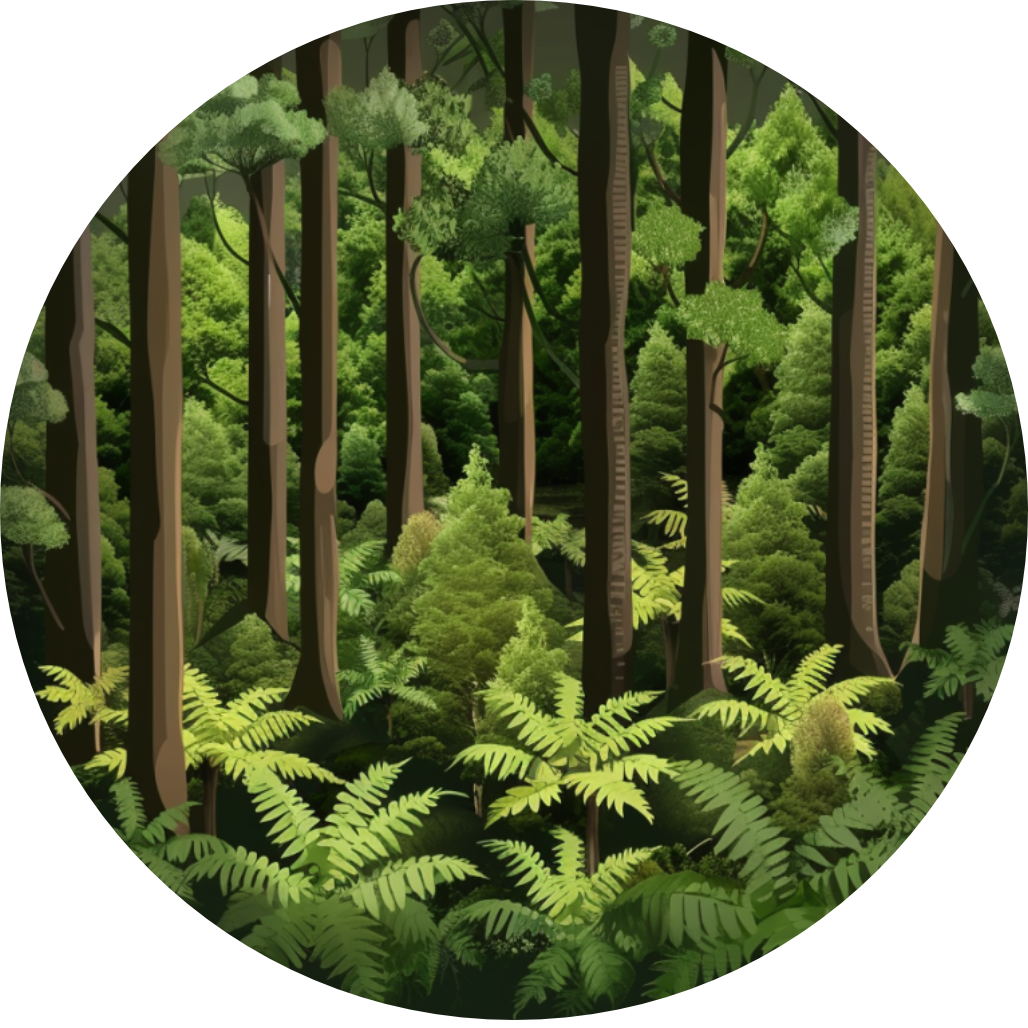
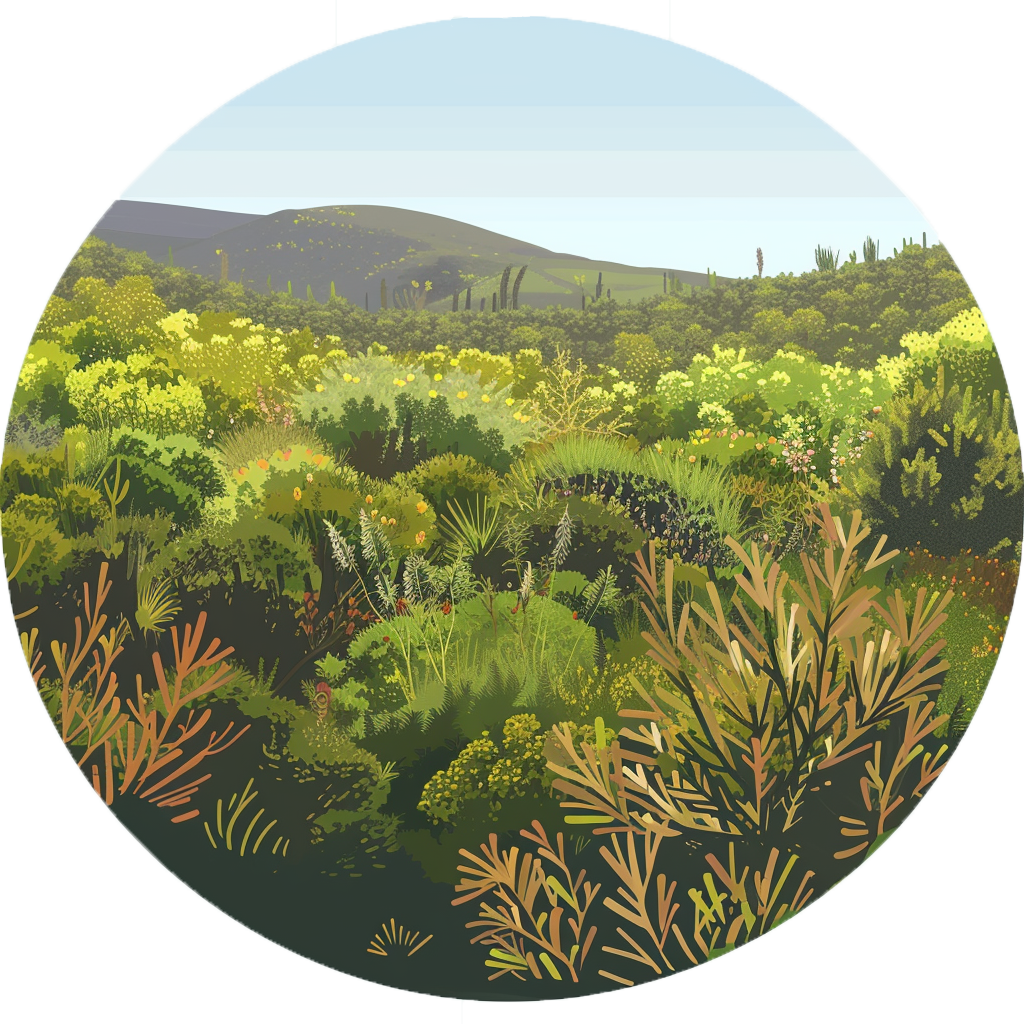
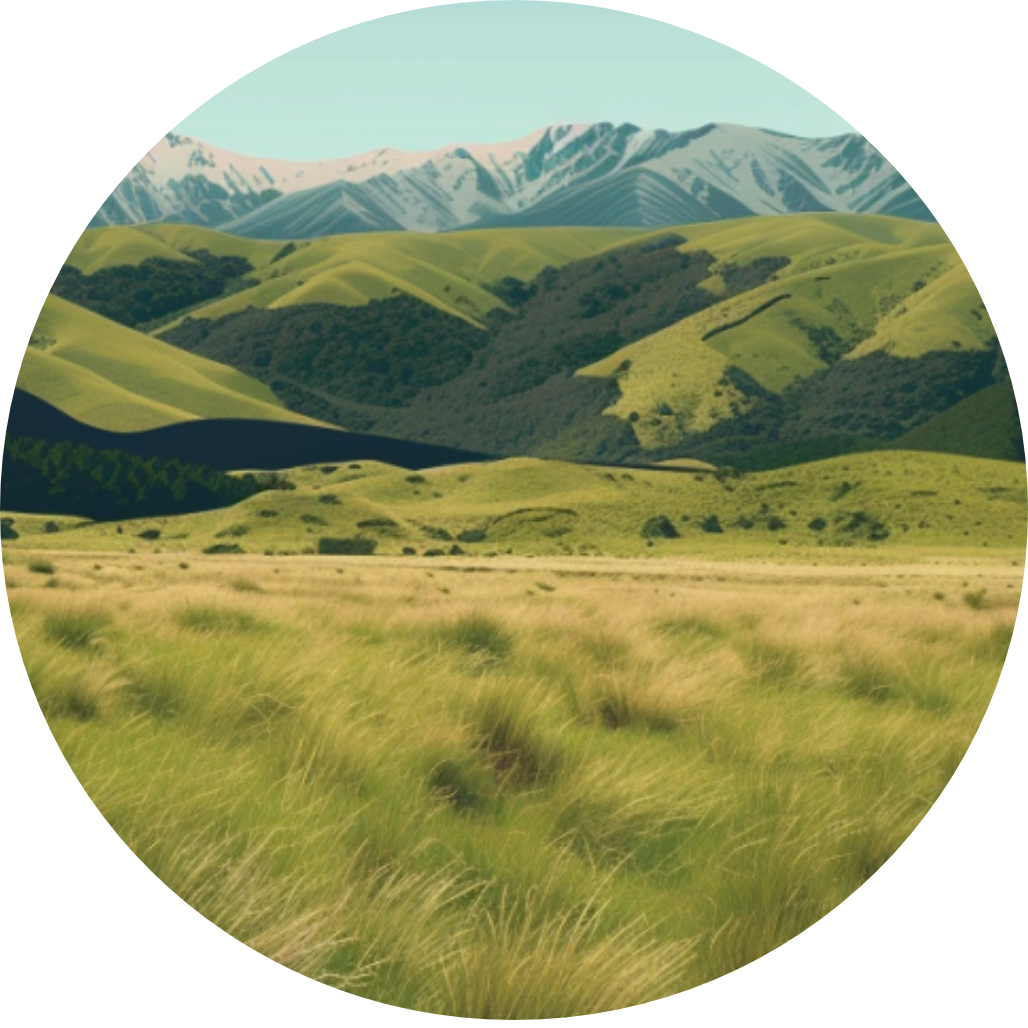
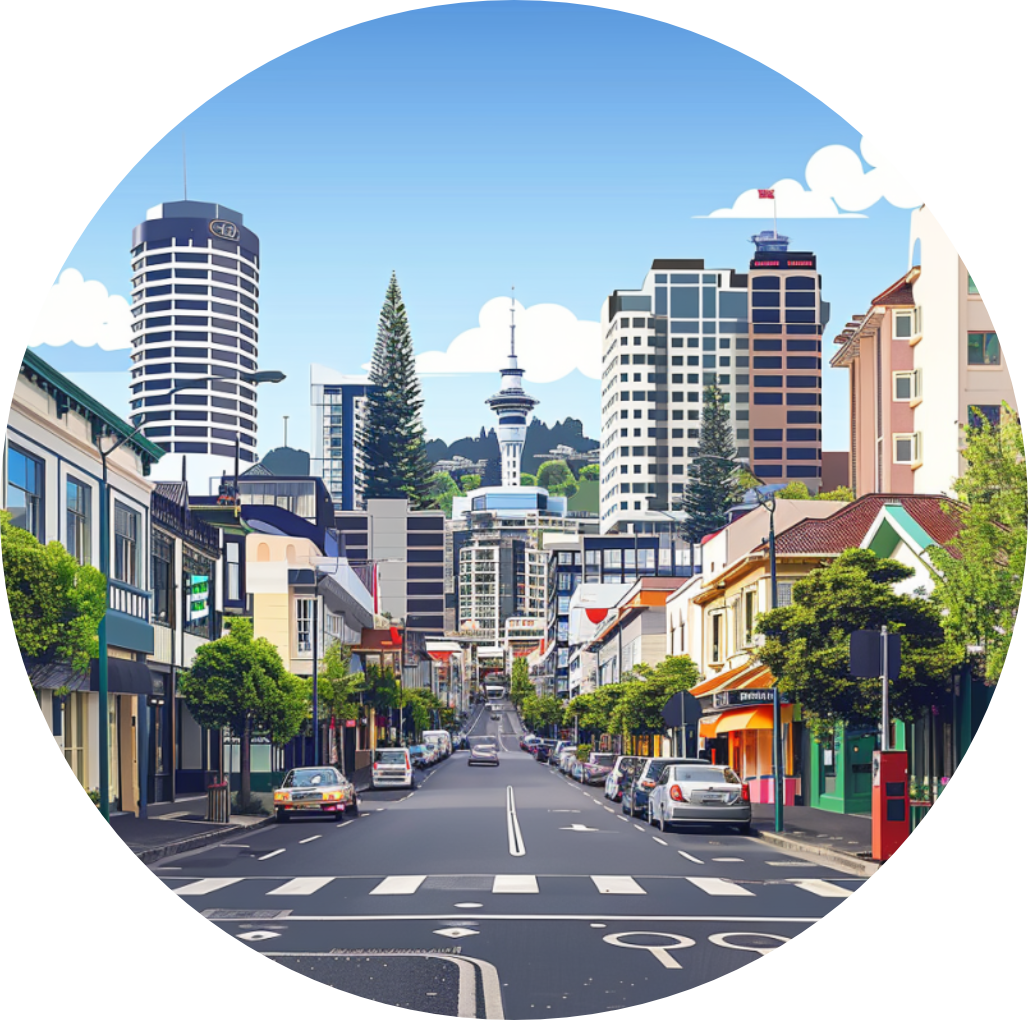
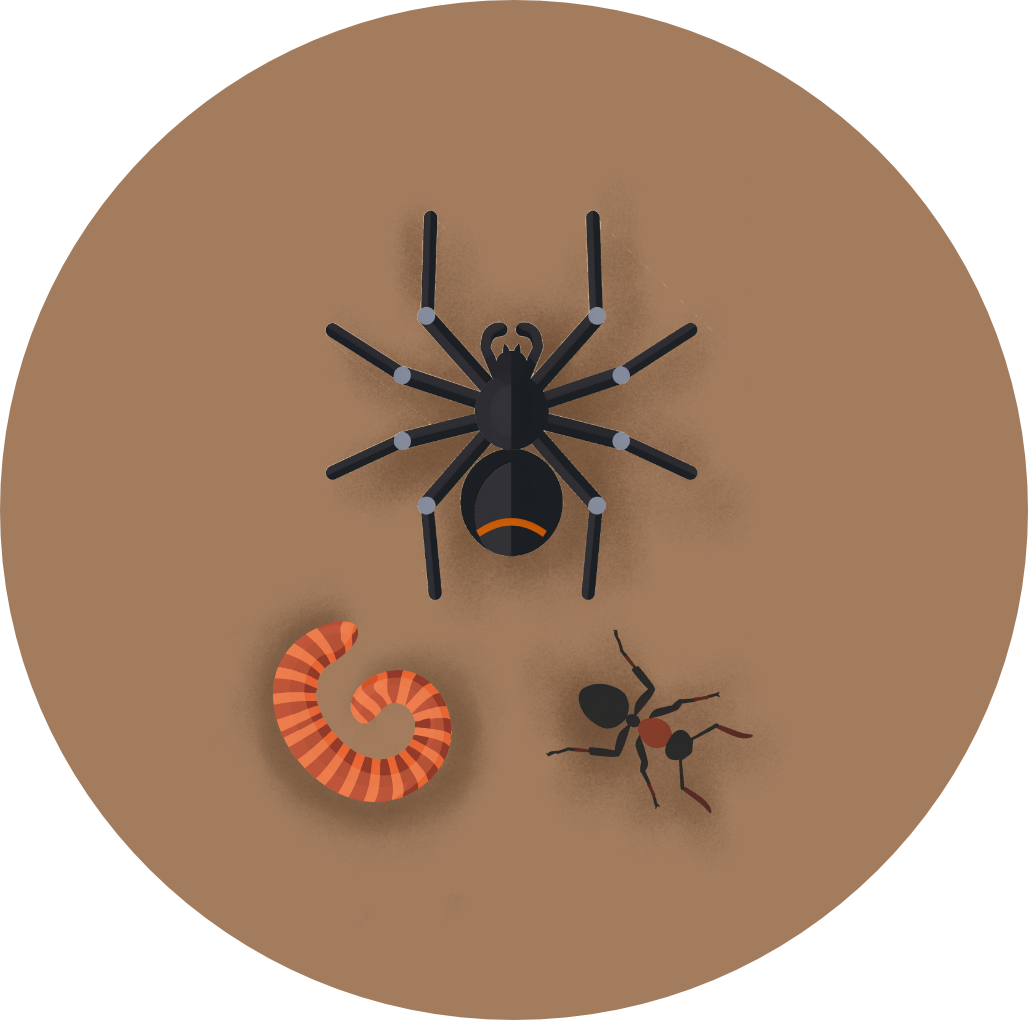
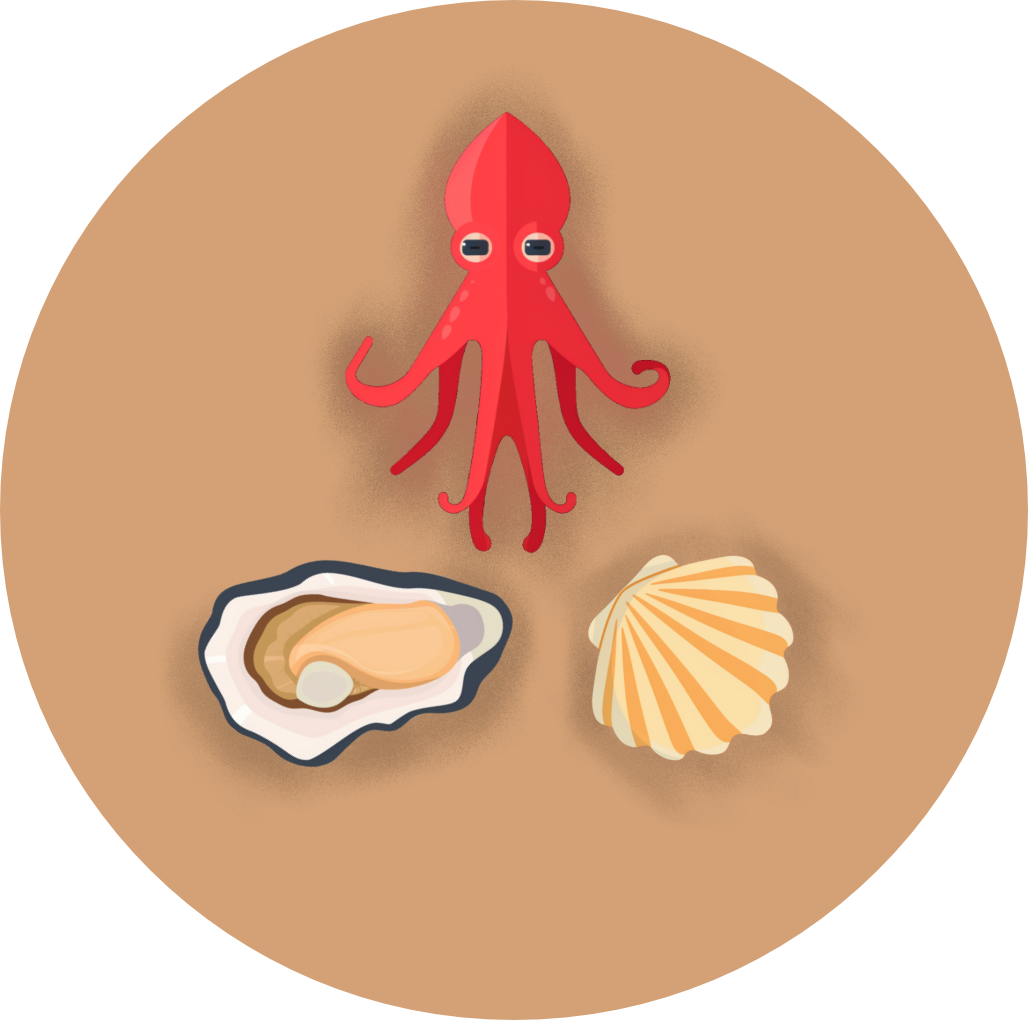
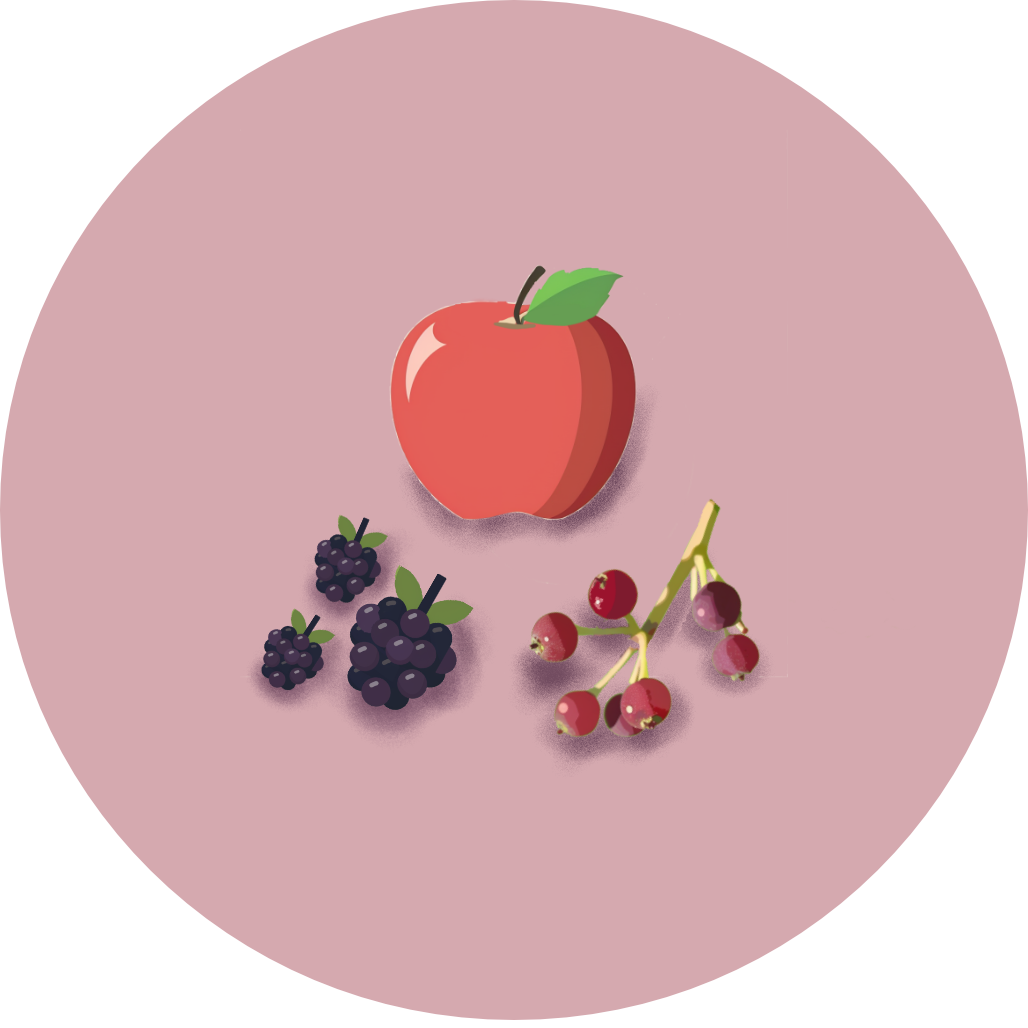
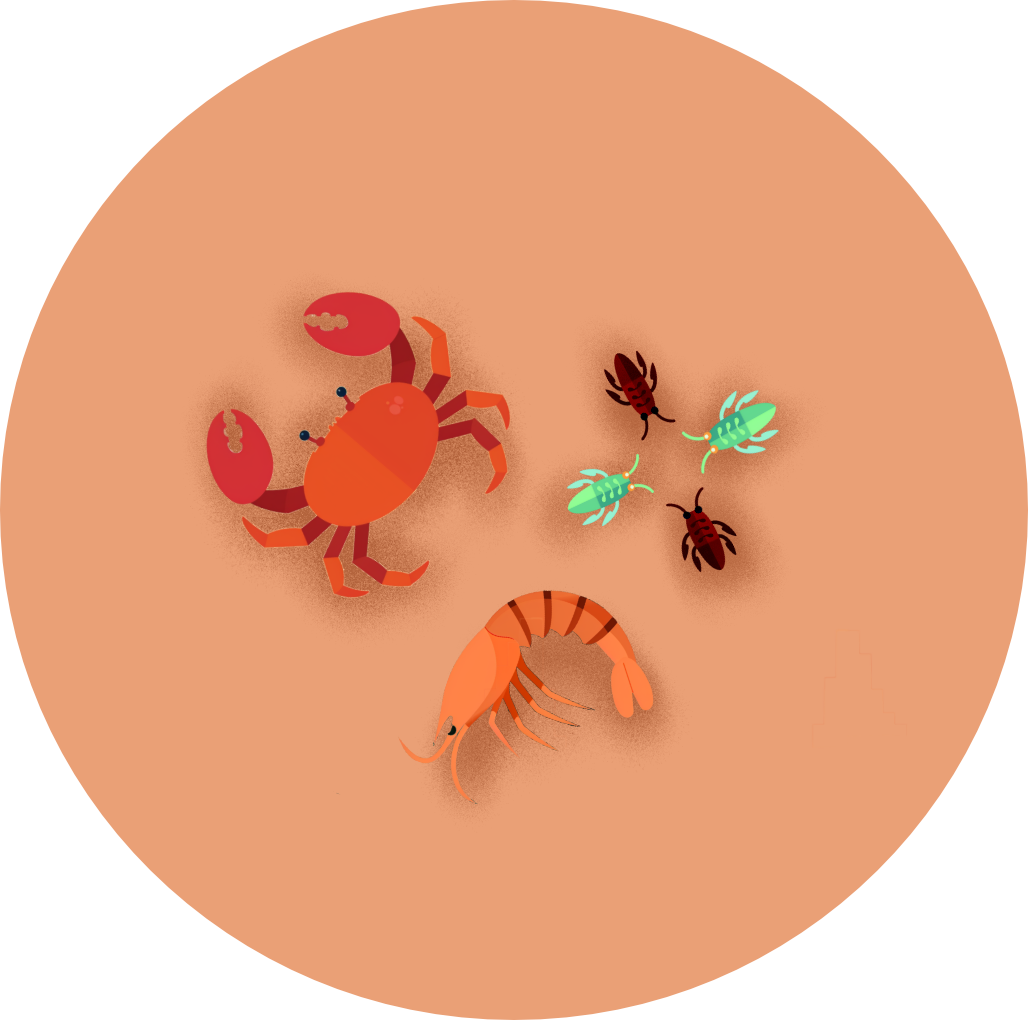
Coming Soon!
Top birding locations will be available in a future update.